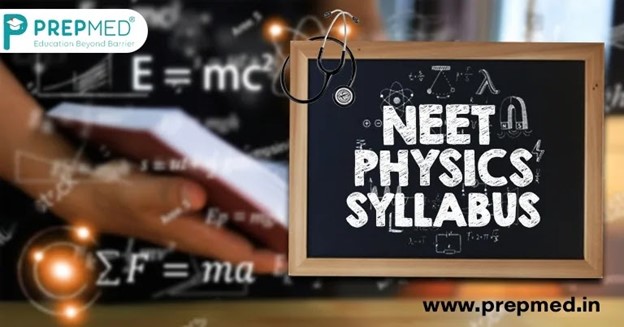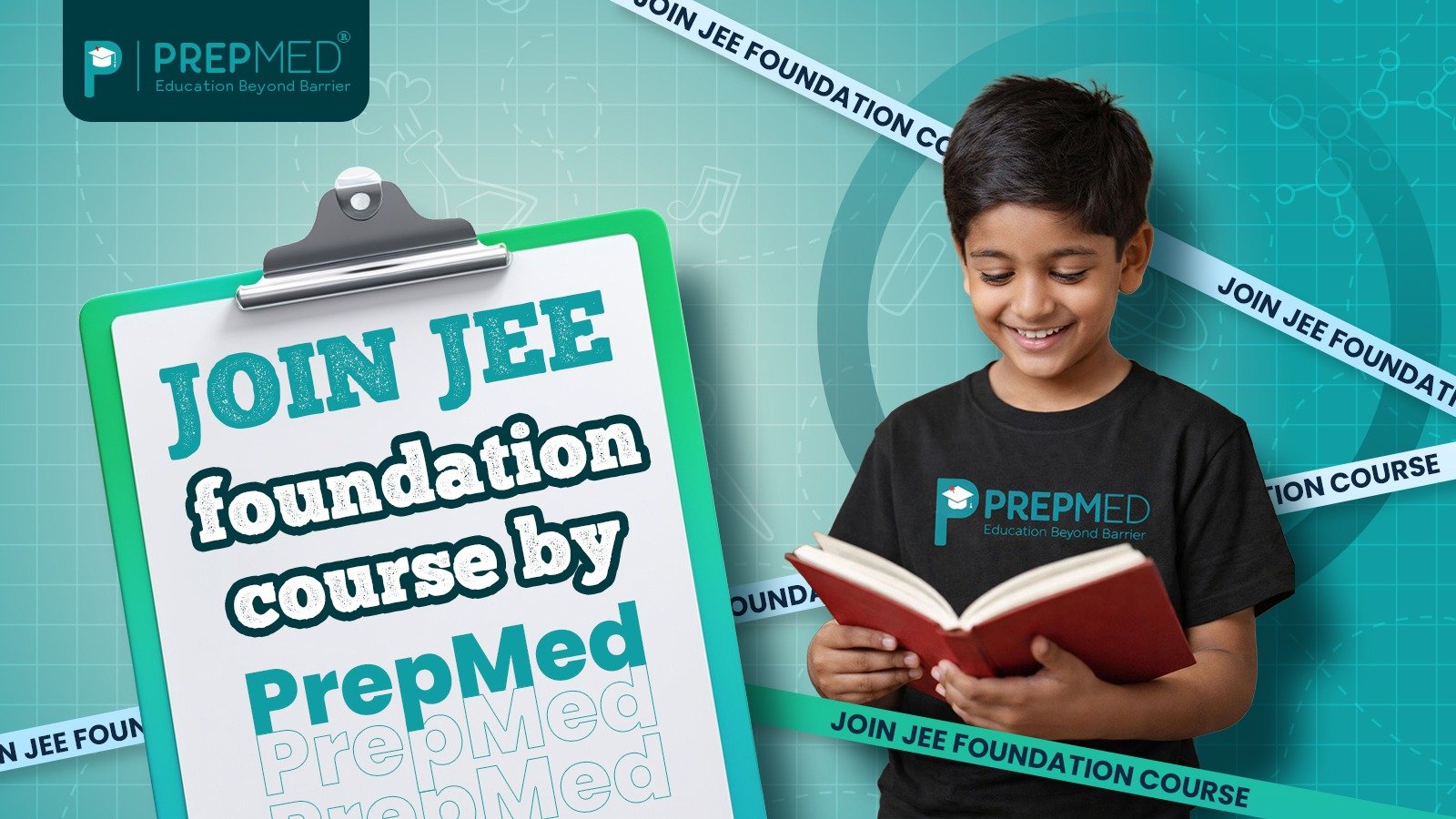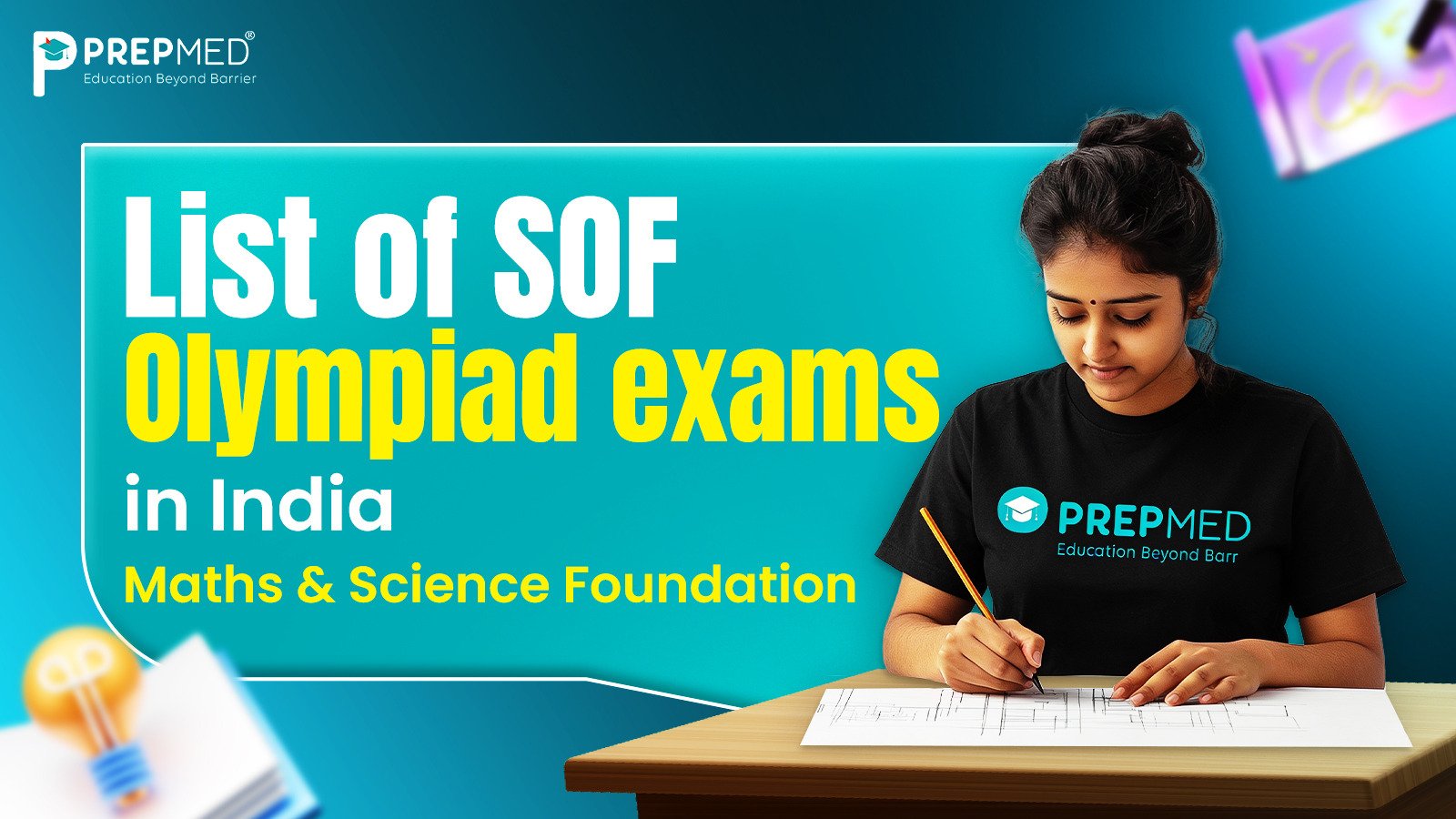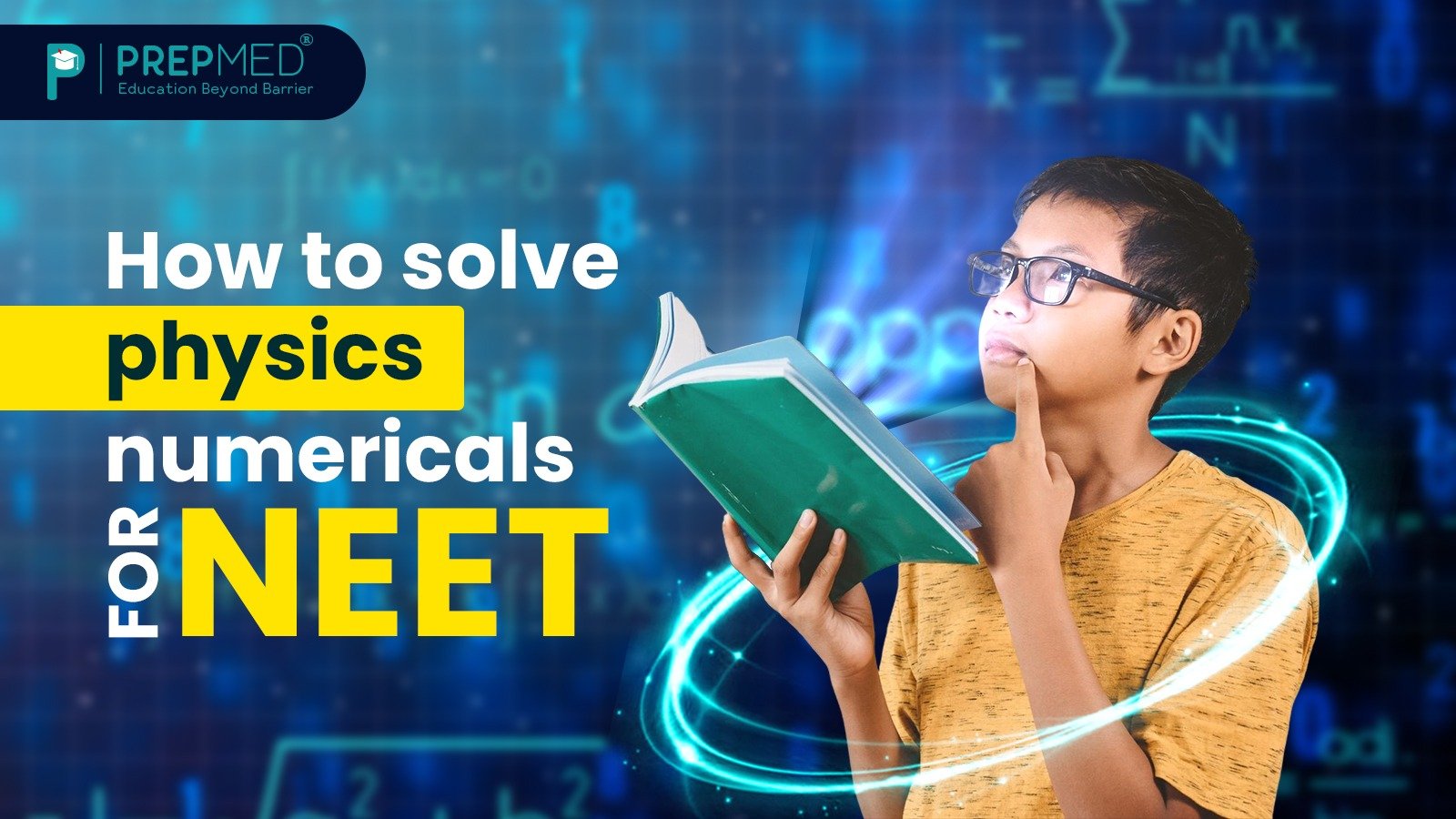| Unit 1 – Physical world and measurement |
Need for measurement – units of measurement; systems of units; SI units, fundamental and derived units, errors in measurement; and significant figures. Dimensions of physical quantities, dimensional analysis, and its applications, Least Count (newly added) |
| Unit 2 – Kinematics |
The frame of reference, motion in a straight line; position-time graph, speed, and velocity. Uniform and non-uniform motion, average speed, and instantaneous velocity. Uniformly accelerated motion, velocity-time and position-time. Scalar and vector quantities: addition and subtraction of vectors. Relative velocity. Unit vectors. Resolution of a vector in a plane-rectangular components. Scalar and vector products of vectors. Motion in a plane. Cases of uniform velocity and uniform acceleration – projectile motion. Uniform circular motion. |
| Unit 3 – Laws of Motion |
Intuitive concept of force. Inertia, Newton’s first law of motion; momentum and Newton’s second law of motion; impulse; Newton’s third law of motion. Law of conservation of linear momentum and its applications. Equilibrium of concurrent forces. Static and kinetic friction, laws of friction, rolling friction. Dynamics of uniform circular motion. Centripetal force, examples of circular motion (vehicle on level circular road, vehicle on banked road) |
| Unit 4 – Work, Energy and Power |
Work done by a constant force and variable force; kinetic energy, work-energy theorem, power. The notion of potential energy, potential energy of a spring, conservative forces; conservation of mechanical energy (kinetic and potential energies); non-conservative forces; motion in a vertical circle, and elastic and inelastic collisions in one and two dimensions. |
| Unit 5 – Motion of systems of particles and rigid body |
Centre of mass of a two-particle system. Centre of mass of a rigid, Basic Concept of Rotational Motion (newly added). The momentum of a force-torque, angular momentum, conservation of angular momentum with some examples. Equilibrium of rigid bodies, rigid body rotation and equation of rotational motion, comparison of linear and rotational motions; moment of inertia, radius of gyration. Values of M.I. for simple geometrical objects (no derivation). Statement of parallel and perpendicular axes theorems and their applications. |
| Unit 6 – Gravitation |
Kepler’s law of planetary motion. The universal law of gravitation. Acceleration due to gravity and its variation with altitude and depth. Gravitational potential energy; gravitational potential. Escape velocity, the orbital velocity of a satellite. Motion of a Satellite, Time Period, and Energy of a Satellite (newly added) |
| Unit 7 – Properties of solids and liquids |
Elastic behavior, stress-strain relationship. Hooke’s law, Young’s modulus, bulk modulus, shear, modulus of rigidity, Poisson's ratio; elastic energy. Viscosity, Stoke’s law, terminal velocity, streamline, and turbulent flow. Critical velocity, Bernoulli’s theorem, and its applications, Pressure Due to Fluid Column, Pascal's Law and Its Application. Effect of Gravity on Fluid Pressure (newly added). Surface energy and surface tension, angle of contact, excess of pressure, application of surface tension ideas to drops, bubbles, and capillary rise. Heat, temperature, thermal expansion; thermal expansion of solids, liquids, and gasses. Specific heat of capacity: Cp, Cv-calorimetry; change of state-latent heat. Heat transfer – conduction, convection, and radiation. Qualitative ideas of Black body radiation. Wein’s displacement law. |
| Unit 8 – Thermodynamics |
Thermal equilibrium and definition of temperature (zeroth law of thermodynamics). Heat, work, and internal energy. The first law of thermodynamics. Isothermal and adiabatic processes. The second law of thermodynamics: Reversible and irreversible processes. |
| Unit 9 – Behaviour of perfect gas and kinetic theory |
Equation of state of a perfect gas, work done on compressing a gas. Kinetic theory of gases: Assumptions, concept of pressure. Kinetic energy and temperature; degrees of freedom, the law of equipartition of energy (Statement only) and application to specific heat capacities of gases; the concept of mean free path, RMS Speed of Gas Molecules, Avogadro’s Number (newly added) |
| Unit 10 – Oscillations and waves |
Periodic motion-period, frequency, displacement as a function of time. Periodic functions. Simple harmonic motion(SHM) and its equation; phase; oscillations of a spring-restoring force and force constant; energy in SHM – Kinetic and potential energies; simple pendulum – derivation of expression for its time period. Wave motion. Longitudinal and transverse waves, speed of wave motion. Displacement relation for a progressive wave. Principle of superposition of waves, reflection of waves, standing waves in strings and organ pipes, fundamental mode, and harmonics. Beats. |






